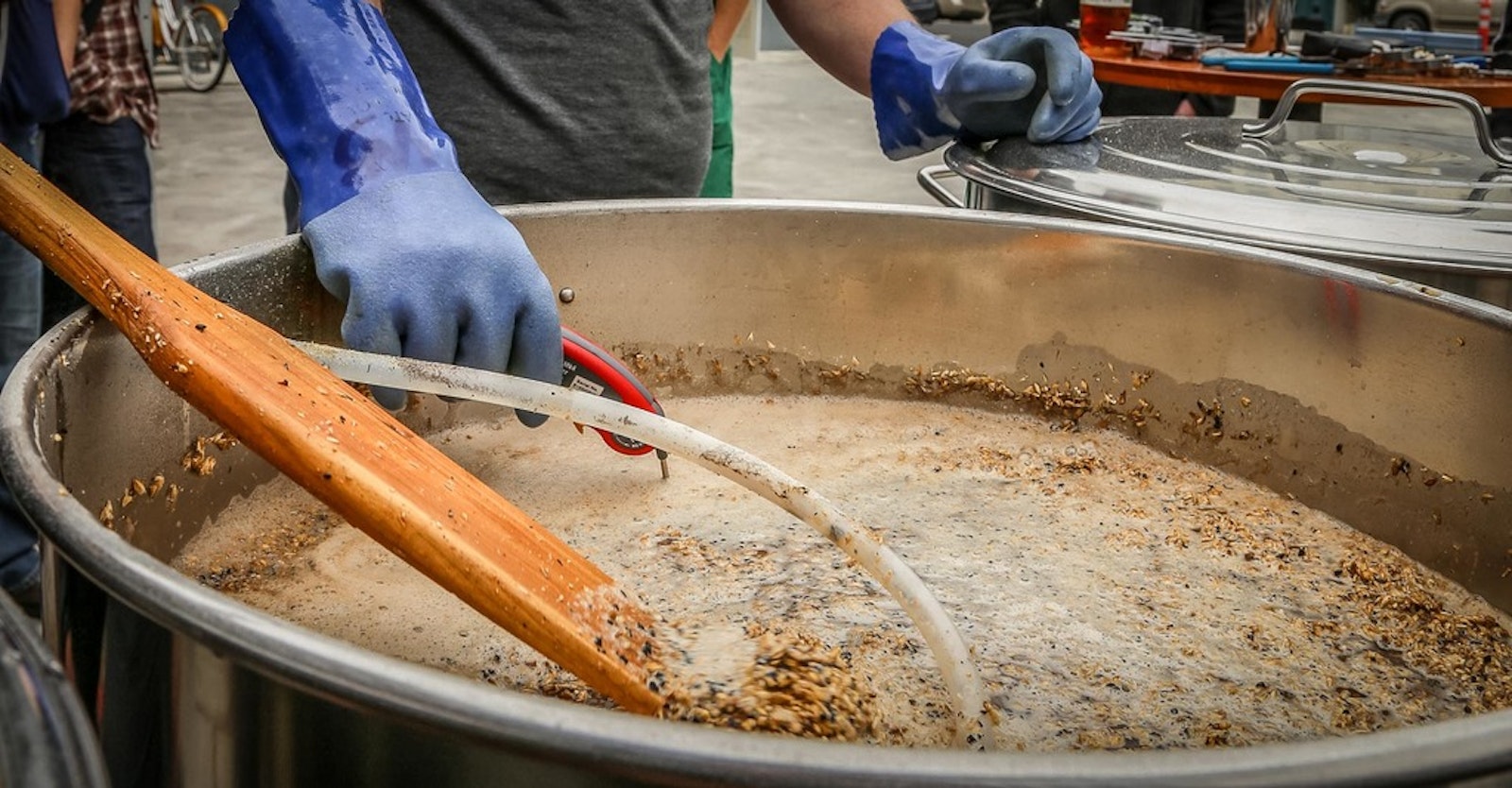Low original gravity and low efficiency numbers are often a problem for new all-grain brewers. Once you understand that “efficiency” quantifies how much sugar you get out of your grain relative to how much is actually there for the taking, you’ll begin to see how several factors can affect your efficiency.
One thing I always recommend is to make sure you are measuring volumes and gravities as you go through each step in the brewing process. Even little things, such as finishing with a larger-than-expected volume, can really throw off your gravity and efficiency numbers.
Assuming that your volumes are good, the next thing I would look at is the way you are crushing your grains. Many first time all-grain brewers don’t crush their grains enough, resulting in low efficiency numbers. Ideally, you should use a dual-roller malt mill. The interior of the grain should be crushed to a pretty fine powder, but large pieces of the hull should remain intact. Those large pieces of the hull will serve as a filter bed for the fine grain bits, giving you good efficiency without a stuck mash.

